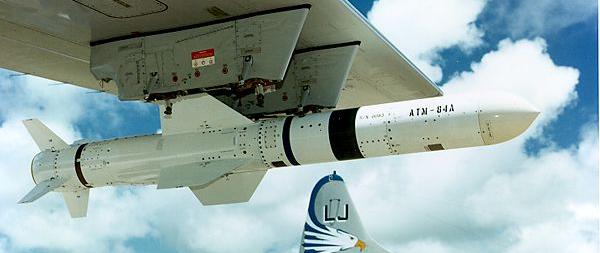The Army Armor Ban and Standards
March 31st, 2006 by xformed
One of Matt’s guest bloggers, Laughing Wolf, has a post about the Army banning the use of personally purchased body armor. Admittedly, this has to have been a tough call for the chain of command and I’m sure there will be some backlash from parents, spouses and the media, claiming the Army really wants the tropps to die. Not true at all, but it’s a hard thing to comprehend.
An example I ran across back in the late 80s had to do with blankets (like the kind you use on your bed blankets). I was XO on a ship and had to put the word that all personal blankets were to be removed from the ship and henceforth only the Navy issue wool blankets were authorized. As cold hearted as that sounds, it was actually a way to preserve the lives of the sailors aboard the ships. Here’s why:
Essentially all blankets you can buy at the store on the beach, short of ones of natural fibers, use some sort of synthetic material for the fabric. This is fine in the house, but not on a ship because, when the “civilian” blanket burns, it produces toxic fumes. So, you retort: “Yeah? SO?, here are fires in houses, too!” Yes, there are. I reply: “And when your house is burning down, you run outside and get away, which puts you in an area of lots and lots of fresh air, which would dilute the toxic fumes. When your ship is burning, you have to attack the fire (enter the berthing space) and therefore go into an enclosed space, where the heated fumes boil down from the overhead, along with the smoke.”
By getting the blankets off the ship, we decreased the risk of serious lung injury to our men. That’s all about protecting the crew from harm.
Add to that discussion of blankets to the situation where a sailor dies in a shipboard fire, but from burns, but suffocation, and the autopsy showed the death was due to toxic fumes in the atmosphere? When that happens, the law suits will make the $400 hammers and toilets seats of days gone by like an a walk in the park. The public would be outraged, and I would submit, rightfully so, for the chain of command didn’t make sure the sailors were safe.
All manner of things are tested extensively, before being allowed for use in the Fleet or field, such as such simple things as ear plugs. Stuff bought off the shelf may or may not help keep your hearing intact, and it would be nice to know. The testing required by the Armed Forces is to make sure we are getting our money’s worth, and the new item is capable of doing the job we asked it to. But, even more important than the research to make sure the product work, is the sacred trust the service members have in their Government to take care of them.
One only has to look at the fallout of such issues as the use of Agent Orange without proper precautions to realize how vital this ban is, until the civilian companies equipment is proven to be effective. It may even come to pass that the civilian items of a particular manufacturer are better than the stock items, which will then get that manufacturer on the list to buy from at the Federal Government level. Back in the late 80s, my Commodore went from his staff job to being the assistant to N6 (the office in charge of all the Navy’s computers. Wes Jordan was instumental in running tests that showed that the extra cost of verifying Commercial Off The Shelf (COTS) computers was a waste of the taxpayers money. I saw a video tape that was done where they put an HP-9020 computer and monitor in a 19″ rackmount and proceeded to run the Grade A shock test (considered a replication of the force of a nuclear blast), with a modification. They raised the hammer to it’s maximum height, not just (I think) 8 feet high. On the 20th drop of the hammer, the monitor flicked off and the equipment, which had already exceeded qualification for Grade A worthiness (I think it was three drops to qualify – and from 8 feet, not higher), appeared to have been bested. Upon examination, the power switch for the monitor had been damaged, and upon replacement, the unit came up and the computer display was still there. THE HP-9020 itself took the licking and kept on ticking.
The analysis was that even commerical clients were demanding computers and peripherials to be built to survive some rough handling, and HP, for one, was putting a product off the end of the assembly line that met MILSPEC standards, without each unit having to receive extra testing. Net result: We (the Fleet) got good COTS stuff for use in all sorts of tactical applications and the taxpayers reaped the benefits in big dollar numbers. The boost in our ability to detect and identify hostile targets, and then engage them with confidence in our targeting, was dematically changed, as our detect to engage times went from hours to minutes in one particular system I directly worked with.
With luck, our groud troops will be benefactors of such an investigation, and we, as taxpayers will also see savings.
Category: Military, Technology | Comments Off on The Army Armor Ban and Standards



